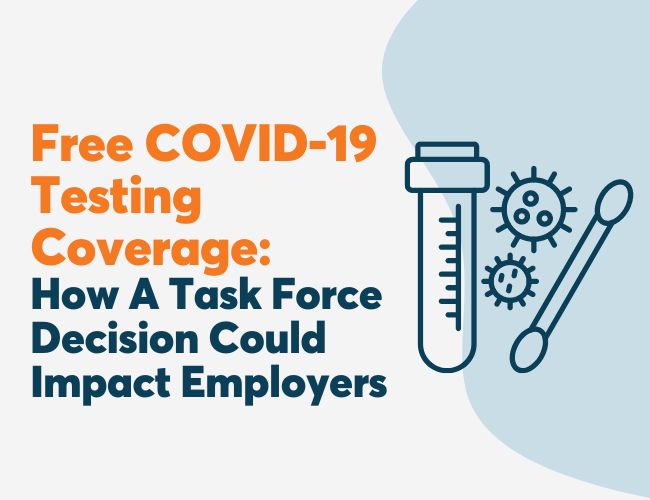On November 4, the Occupational Safety and Health Administration (OSHA) announced a requirement for large U.S. companies to implement vaccine mandates. Specifically, companies of 100 or more employees have until January 4 to ensure all workers are either fully vaccinated or submit to weekly testing and mandatory masking. The new rules were expected to impact 84 million private-sector employees across the U.S., including 31 million who are believed to be unvaccinated.
Immediately following the announcement, at least 27 states filed lawsuits challenging the rule in several circuits, and the requirement was quickly granted an emergency stay by the 5th U.S. Circuit Court of Appeals.
On December 17, a ruling by the 6th U.S. Circuit Court of Appeals in Cincinnati lifted the November injunction that had blocked the ruling. According to the opinion:
It is difficult to imagine what more OSHA could do or rely on to justify its finding that workers face a grave danger in the workplace. It is not appropriate to second-guess that agency determination considering the substantial evidence, including many peer-reviewed scientific studies, on which it relied.
Although this seems like a big win for mandate advocates, the fight is not over. Within hours of the ruling, at least three petitions were filed with the U.S. Supreme Court, asking it to immediately block the mandate. Also, the decision came after a separate appeals court declined a request that it reinstate the administration’s Federal contractor mandate, which had been blocked nationwide by a Federal judge earlier this month. Lastly, a third mandate that requires vaccines for certain heath care workers is being reviewed by the Supreme Court after lower courts froze it in half the states in the country.
If employers wait until the Supreme Court makes a ruling, they may not have enough time to comply. The day after the ruling from the 6th U.S. Circuit Court of Appeals, the Department of Labor, commented on the Emergency Temporary Standard (ETS).
“To account for any uncertainty created by the stay, OSHA is exercising enforcement discretion with respect to the compliance dates of the ETS. To provide employers with sufficient time to come into compliance, OSHA will not issue citations for noncompliance with any requirements of the ETS before January 10 and will not issue citations for noncompliance with the standard’s testing requirements before February 9, so long as an employer is exercising reasonable, good faith efforts to come into compliance with the standard. OSHA will work closely with the regulated community to provide compliance assistance.”
Given the uncertainty (timeline and outcome) of a Supreme Court ruling and the time it will take to implement a vaccine mandate, it would be wise for employers to create a contingency plan. With the holidays around the corner and a shortage of tests due to the rise the Omicron variant, the need to prepare now is heightened.
To begin preparing, check out these answers to frequently asked questions about the initial OSHA ruling.












